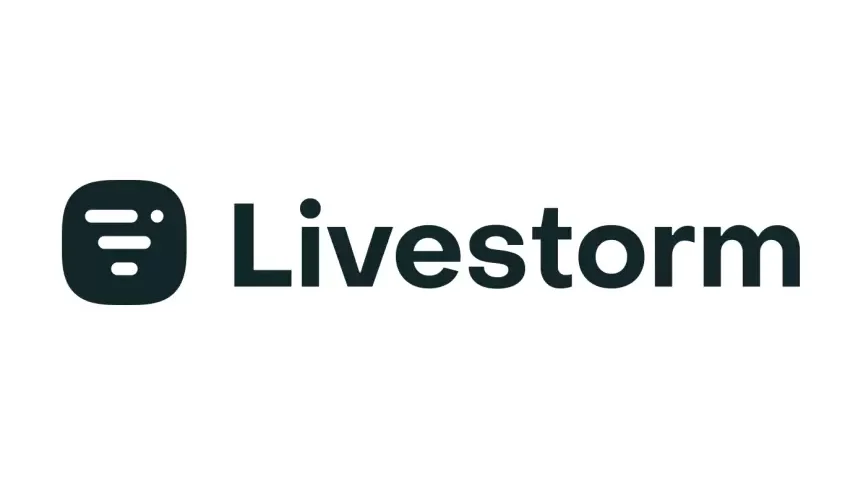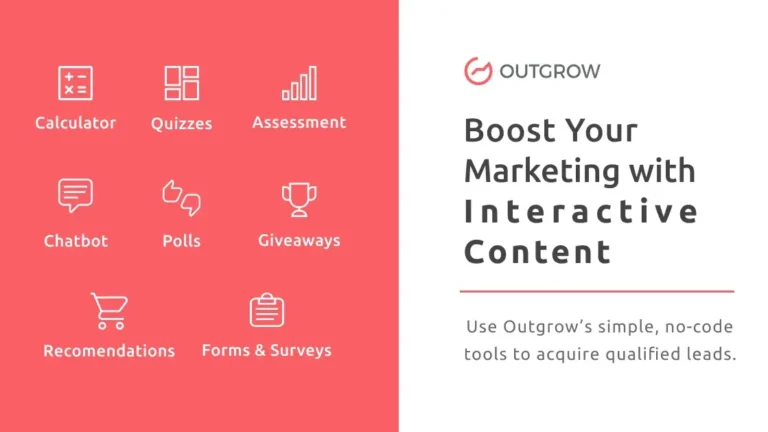Your Complete Guide to Hosting Successful Events on LiveStorm
In the modern digital world, virtual events have become an essential part of business strategies. Therefore, LiveStorm is a robust platform that enables you to conduct engaging webinars, online meetings, and live events seamlessly. To begin with, this comprehensive guide will provide you with everything you need to know to successfully host events on LiveStorm. From the initial setup to the final follow-up, you will gain valuable insights on how to navigate the platform effectively and ensure a smooth and professional experience for your attendees.
Understanding LiveStorm
LiveStorm is a versatile tool that simplifies the process of hosting webinars, virtual meetings, and live events. Designed for both hosts and participants, it creates a smooth experience that encourages audience interaction. One of its standout features is the ability to integrate various multimedia elements, such as slides, videos, and live chat, resulting in an engaging environment.
Whether you wish to conduct live events or offer on-demand content for later viewing, LiveStorm accommodates both needs. The platform also includes tools for audience engagement like polls, Q&A sessions, and feedback forms, ensuring that participants remain actively involved.
Setting Up Your LiveStorm Account
To begin, navigate to the LiveStorm website and sign up for an account. Various pricing options are available, including a free trial that lets you explore the platform’s capabilities before committing.
Navigating the Dashboard
After setting up your account, take some time to familiarize yourself with the dashboard. The intuitive interface provides access to features such as creating new events, managing attendees, and reviewing analytics. Understanding these tools will help you utilize the platform effectively.
Planning Your Event on LiveStorm
Defining Your Objectives
Before delving into the technical aspects, it’s important to clarify the goals of your event. Are you looking to generate leads, educate your audience, or showcase a product? Clearly defined objectives will guide your planning and help you measure success later.
Choosing the Right Format
Decide on the format of your event according to your objectives. LiveStorm supports various types of events, including webinars, panel discussions, and workshops. Each format serves different purposes, so choose one that aligns with your goals and audience needs.
Scheduling Your Event
Selecting the right date and time is crucial for maximizing attendance. Research your target audience to identify when they are most likely available. If your audience is international, consider time zones to ensure as many people as possible can join.
Designing Your Webinar at LiveStorm
Crafting Engaging Content
With your objectives and format in place, start developing your content. Aim to make your presentation both informative and engaging. Utilize visuals like slides and videos to maintain interest. Balancing valuable information with entertainment is key to keeping your audience engaged.
Utilizing LiveStorm Tools
Leverage LiveStorm’s features to enhance your presentation. You can easily share your screen, present slides, and incorporate videos. Take advantage of interactive elements like polls and quizzes to foster engagement and gather valuable feedback in real-time.
Preparing for Technical Aspects
Before the event, make sure all technical components are functioning properly. Test your audio and video equipment, and conduct a rehearsal to familiarize yourself with the platform. A reliable internet connection is vital to avoid interruptions during the live event.
Promoting Your Event on LiveStorm
Creating a Marketing Plan
Effective promotion is essential for a successful event. Develop a marketing strategy that includes multiple channels to reach your audience. Consider using email marketing, social media, and your website to generate interest in the upcoming event.
Crafting Email Invitations
Create compelling email invitations that communicate the value of attending your event. Include key information such as the date, time, and topics to be covered. Tailoring emails to individual recipients can greatly boost engagement rates.
Leveraging Social Media
Utilize social media platforms to promote your event widely. Design eye-catching graphics and engaging content to spark interest. Share teasers, behind-the-scenes glimpses, and countdowns to build excitement leading up to the event.
Collaborating with Influencers
If your budget allows, think about partnering with influencers or industry experts. Their support can help you reach a larger audience and add credibility to your event.
Engaging Your Audience at LiveStorm
Interactive Features during the Event
Keeping your audience engaged during the event is crucial for maintaining interest. Use LiveStorm’s interactive features, such as polls, Q&A sessions, and chat functions, to encourage participation. Asking questions and facilitating discussions creates a more dynamic atmosphere.
Managing Q&A Sessions
Set aside time for a Q&A session at the end of your presentation. This allows attendees to ask questions and clear up any uncertainties. Make sure to address both live questions and those submitted in advance to ensure inclusivity.
Gathering Feedback
After the event, distribute feedback forms to collect insights from attendees. This information will help you understand what aspects were successful and what could be improved for future events. LiveStorm has built-in tools for collecting feedback, making this process straightforward.
Analyzing Performance after the Event on LiveStorm
Reviewing Analytics
Once the event concludes, it’s time to assess its performance. LiveStorm offers detailed analytics, including attendance rates, engagement levels, and participant feedback. Use this data to evaluate whether you achieved your objectives.
Learning from Insights
Examine trends in your analytics. Did certain topics resonate more with your audience? Were there specific points where attendees dropped off? These insights can inform your approach for future events, enabling continuous improvement.
Best Practices for Hosting on LiveStorm
Preparing for the Unexpected
Even with meticulous planning, unexpected challenges may arise during live events. Have a backup plan in place to handle technical difficulties. This could mean having a secondary device ready or enlisting a co-host to manage issues while you focus on the presentation.
Engaging Before the Event
Keep your audience engaged even before the event starts. Send reminders, share relevant content, and encourage discussions on social media. This builds anticipation and keeps interest high.
Follow-Up with Attendees
After the event, don’t forget to follow up with attendees. Send thank-you emails and share recorded sessions or additional resources. This shows appreciation and helps maintain the conversation, which can lead to further engagement or sales opportunities.
Summary of LiveStorm
Successfully hosting events on LiveStorm requires careful planning, engaging content, and effective promotion. By understanding the platform’s features and adhering to best practices, you can create memorable virtual experiences that resonate with your audience.
Whether your goal is to generate leads, educate participants, or build community, LiveStorm offers the tools you need for success. Begin your journey today and unlock the full potential of your virtual events!







